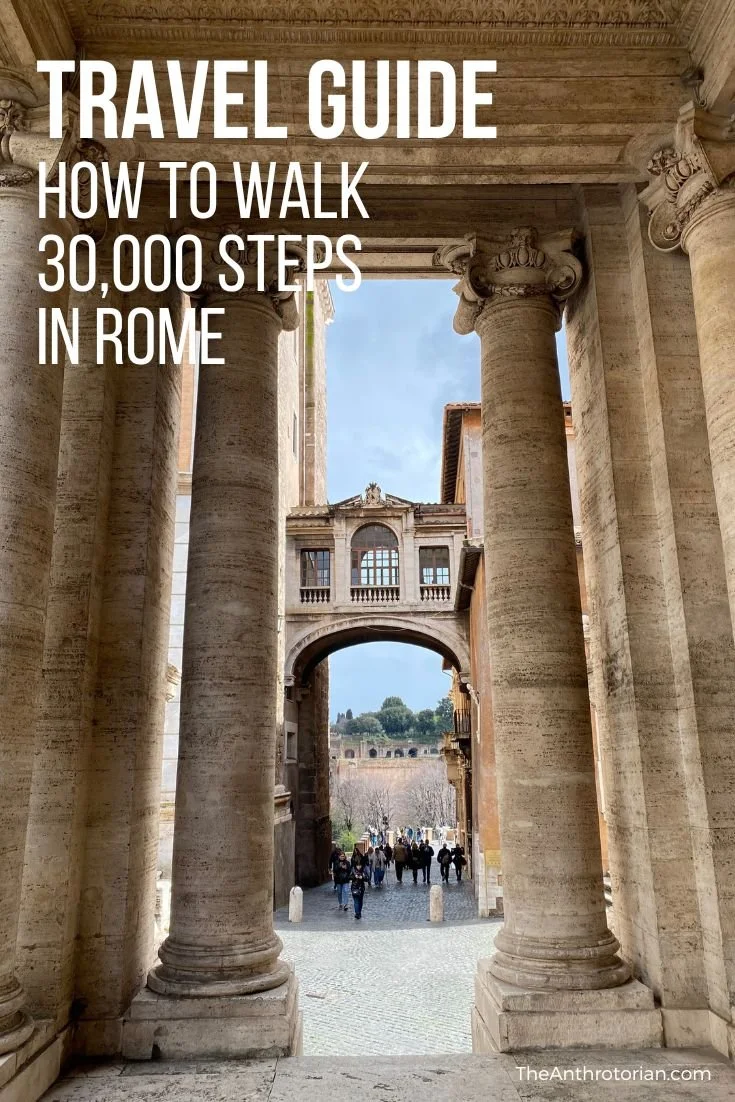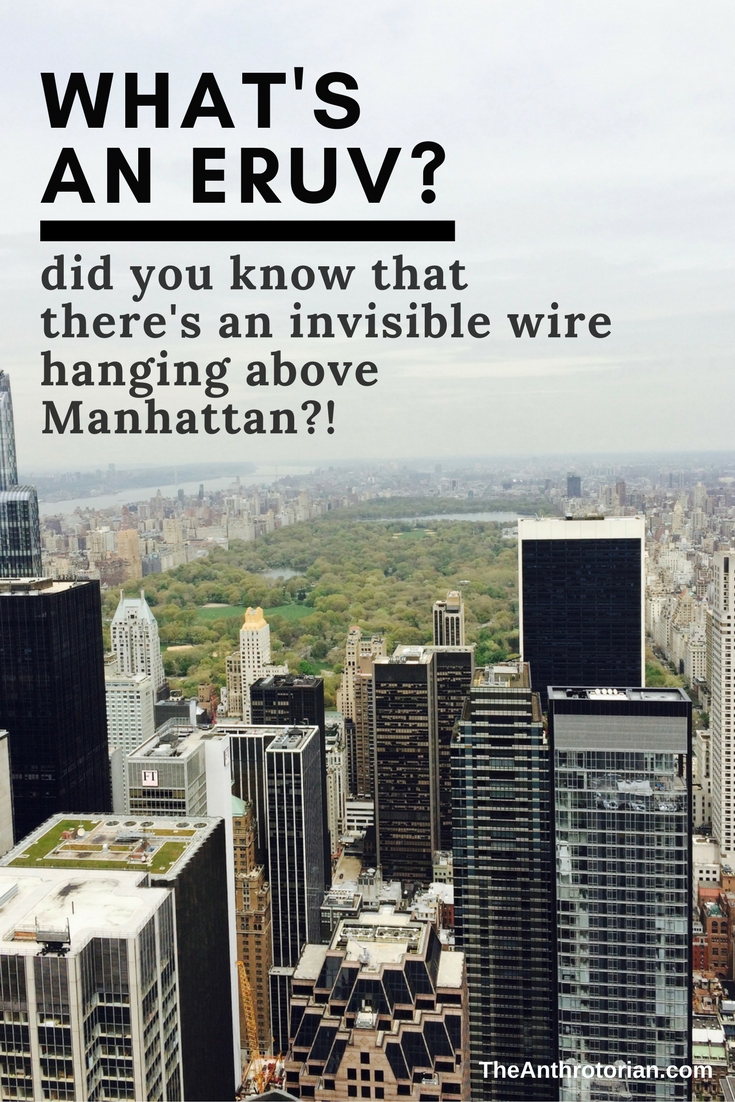If you plan on travelling during the winter months, and you live somewhere cold, you are usually headed straight for sand, sun and Pina Coladas.
But, just because temperatures have dropped well below the freezing mark, requiring down-filled jackets and large insulated boots, does not necessarily mean that you should head to the summer skies in the south — especially if you are looking for a unique, tourist-free experience.
The Maligne Canyon in Jasper National Park, Alberta, Canada is one of the Rocky Mountains' most impressive limestone canyons. During the summer months, its hiking trails and bridges are overrun with tourists taking in the stunning views of the smooth, steep walls and the river below.
As soon as the snow falls however, everything changes.
The trails are covered with snow and ice and, for the most part, visitors to the park stay on the ski hills or next to the warm fire in their hotels, leaving the canyon relatively deserted and quiet.
The cold mountain temperatures freeze the Maligne river, that flows through the canyon, and the waterfalls that cascade down its edge forming breathtaking natural ice sculptures.
With some winter boots or crampons (spikes that attach to the bottom of your boots for walking on ice), you can walk right on the river and to a place that few humans get a chance to visit — inside the canyon.
Swirling, churning water has worn the layers of limestone rock to more than 50 meters deep in places, making the sky seem very far away when standing on the frozen river.
Because the canyon is narrow, less than a meter wide in some places, and full of small waterfalls, rapids and caves, it is not a place that a boat can safely navigate and so a view at this level is only possible during the coldest months of winter.
Surrounded by the stunning cliffs, shockingly blue ice and echoing silence, I guarantee that you will not miss the beach for a second.
Besides, I hear there are a few bars in the town of Jasper that make a mean Pina Colada…















